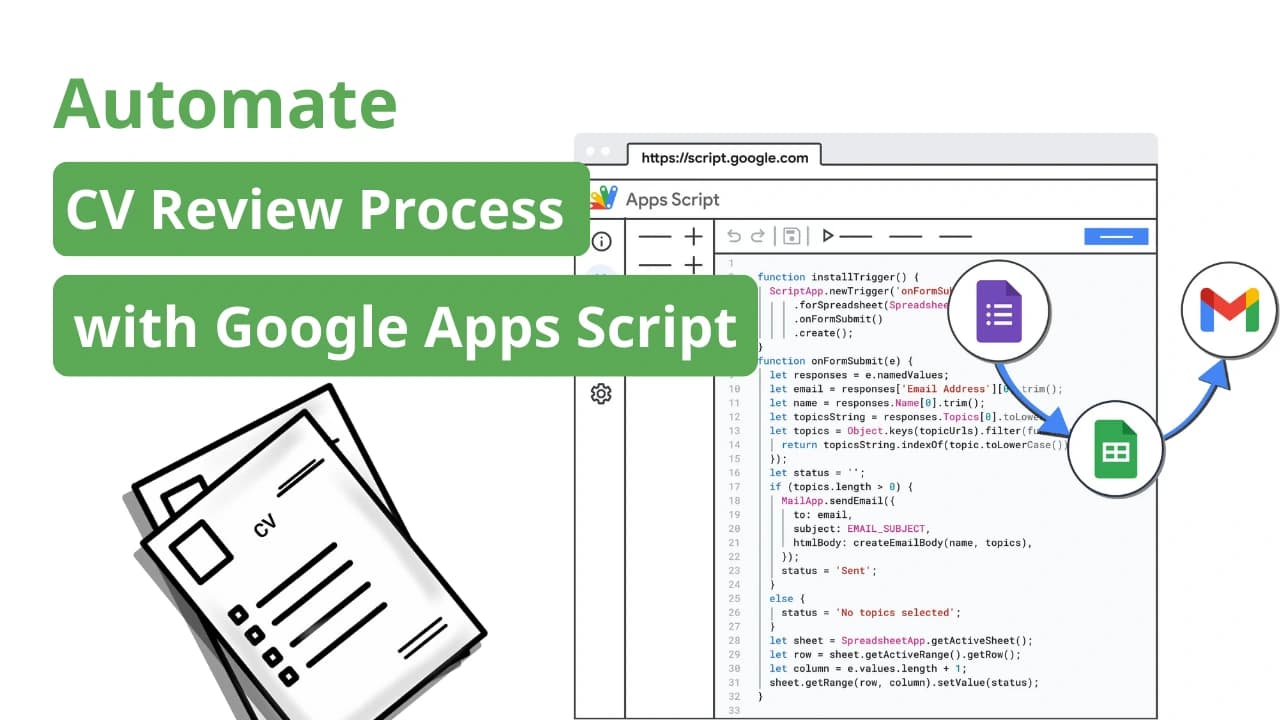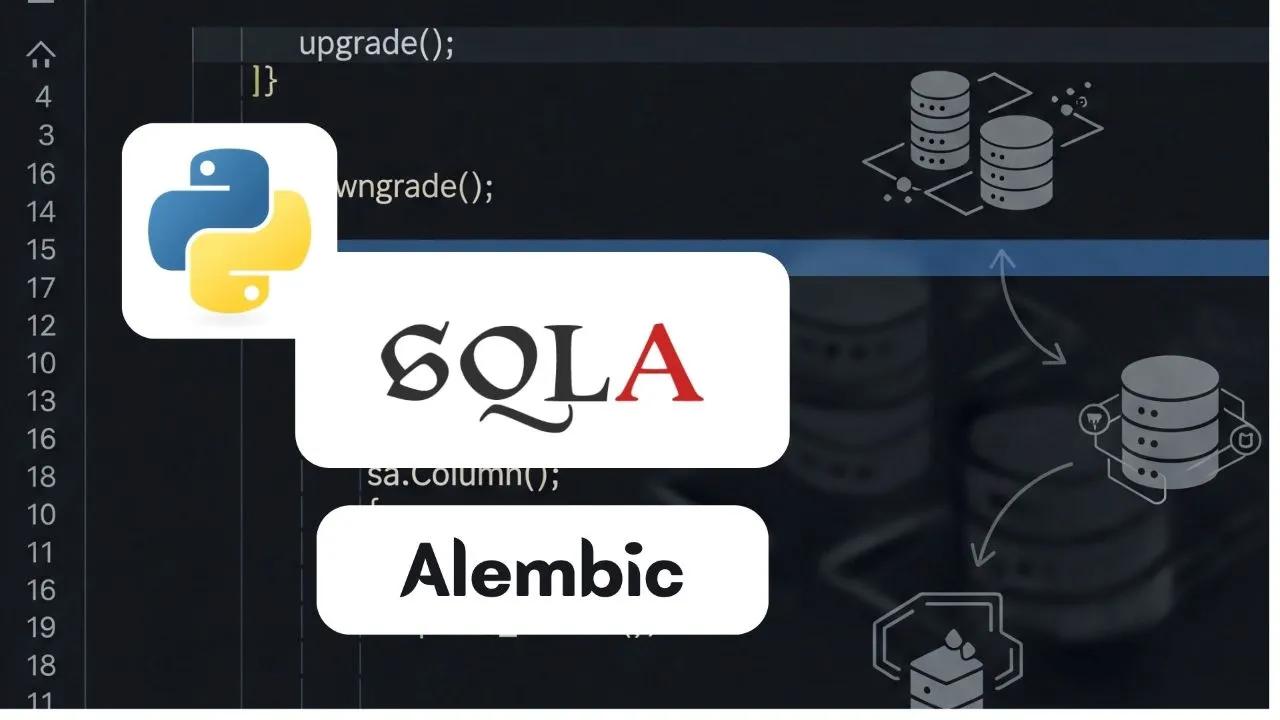Optimizing JavaScript Code: Simple Yet Effective Tips
JavaScript is a flexible and beginner-friendly language, but writing optimized and efficient code requires mastering a few tricks. Here are some simple tips to help you improve the quality of your code.
1. Use const and let Instead of var
Avoid using var because it has function scope, which can lead to hard-to-detect bugs. Instead, use const and let, which have block scope.
Example:
// Instead of:
var x = 10;
if (true) {
var x = 20; // x is overwritten
}
console.log(x); // 20
// Write:
let y = 10;
if (true) {
let y = 20; // y only exists within this block
}
console.log(y); // 10
2. Use Arrow Functions to Simplify Code
Arrow functions are not only concise but also preserve the this context.
Example:
// Instead of:
const add = function(a, b) {
return a + b;
};
// Write:
const add = (a, b) => a + b;
console.log(add(2, 3)); // 5
3. Use Array.includes() to Check for Values
Instead of using indexOf to check if a value exists in an array, use includes().
Example:
const colors = ["red", "green", "blue"];
// Instead of:
if (colors.indexOf("green") !== -1) {
console.log("Exists");
}
// Write:
if (colors.includes("green")) {
console.log("Exists");
}
4. Use Object.assign() or Spread Operator to Copy Objects
To copy an object without referencing the original, use Object.assign() or the spread operator (...).
Example:
const user = { name: "Alice", age: 25 };
// Using Object.assign():
const newUser = Object.assign({}, user);
newUser.age = 30;
console.log(user.age); // 25 (unchanged)
// Or using the spread operator:
const newUser2 = { ...user, age: 30 };
console.log(user.age); // 25
5. Use Array.filter() to Filter Arrays
Instead of using loops to filter arrays, use Array.filter().
Example:
const numbers = [1, 2, 3, 4, 5];
// Instead of:
const evenNumbers = [];
for (let num of numbers) {
if (num % 2 === 0) {
evenNumbers.push(num);
}
}
// Write:
const evenNumbers = numbers.filter(num => num % 2 === 0);
console.log(evenNumbers); // [2, 4]
6. Use Promise.all() to Handle Multiple Promises Simultaneously
When you need to handle multiple promises at once, use Promise.all() to optimize waiting time.
Example:
const fetchData1 = fetch("https://api.example.com/data1");
const fetchData2 = fetch("https://api.example.com/data2");
Promise.all([fetchData1, fetchData2])
.then(responses => {
console.log("All data has been loaded!");
})
.catch(error => {
console.error("An error occurred:", error);
});
7. Use console.table() to Display Data in Tabular Format
When debugging or displaying tabular data, use console.table().
Example:
const users = [
{ name: "Alice", age: 25 },
{ name: "Bob", age: 30 },
];
console.table(users);
// The result will be displayed in an easy-to-read table format
8. Use async/await for Asynchronous Operations
Instead of using callbacks or promise chains, use async/await to make your code more readable and maintainable.
Example:
async function fetchData() {
try {
const response = await fetch("https://api.example.com/data");
const data = await response.json();
console.log(data);
} catch (error) {
console.error("Error:", error);
}
}
fetchData();
These tips will not only make your code run faster but also make it more readable and maintainable. Try applying them to your projects and experience the difference! 🚀
Related blogs

Quy trình tự động hóa đánh giá CV với Google Apps Script
Tìm hiểu cách sử dụng Google Apps Script để tự động hóa quy trình đánh giá CV, giúp tiết kiệm thời gian và nâng cao hiệu quả công việc.

Tìm Hiểu Về Alembic - Thư Viện Migration Cho Python
Hướng dẫn chi tiết về Alembic, thư viện migration mạnh mẽ cho Python, giúp quản lý và áp dụng các thay đổi trong cơ sở dữ liệu một cách dễ dàng.

Định dạng số thành tiền Việt Nam Đồng trong JavaScript
Hướng dẫn cách định dạng số thành tiền Việt Nam Đồng (VND) trong JavaScript một cách đơn giản và hiệu quả.